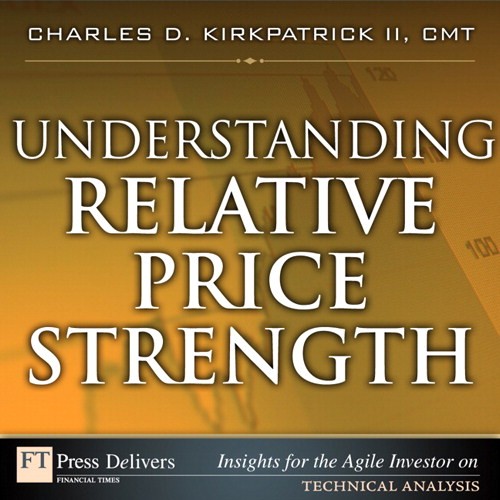Preferred Stock Versus Common Stock Relatively Safe and High Yielding Versus Potential Growth in
Post on: 2 Июль, 2015 No Comment

The Finance Professionals’ Post educates readers in the finance and banking sectors on the forces that shape their business. The FPP is a publication of the New York Society of Security Analysts (NYSSA).
01/18/2011
Preferred Stock Versus Common Stock: Relatively Safe and High Yielding Versus Potential Growth in Income and Share Value
There are basically two categories of dividend paying stocks: preferred shares, all of which pay dividends, and dividend paying common shares.
PREFERRED SHARES
Preferred shares are a sort of cross between shares of common stock and regular corporate bonds—generally providing higher income than either, but with certain disadvantages compared to both.
Preferred shares have two major advantages over common stock. As a general rule, preferred shares are issued with higher dividend payouts than a corporation’s common shares, and often higher than corporate bonds as well. At the time of this writing (May 2010), preferred shares of various companies were available that paid annual dividends in the area between 7–8% per annum, somewhat higher for foreign bank issues. Well situated, high-grade corporate preferred issues were paying between 6–7%.
The right of preferred shareholders to their stipulated dividends takes precedence over the rights of any common shareholder to dividend payouts. However, the rights of preferred shareholders to dividends are subordinate to the rights of bondholders to the interest pledged for their bond holdings. Similarly, if a company goes bankrupt, preferred shareholders have precedence in the distribution of assets to common shareholders but are secondary to bondholders.
These higher yields and precedence of dividend payment are two advantages of preferred shares. There are disadvantages, however. For one, the amount of dividend payout of preferred shares never changes—it is fixed at the time of issue, whereas common shareholders may participate in the prosperity of corporations via ongoing dividend increases.
Preferred issues are often structured with a maturity date—a date at which the company is scheduled or has the option to redeem these shares at a fixed price. Basically, buyers of preferred shares are purchasing their shares for ongoing, steady, and relatively high income over long periods of time. In return for this income stream, they accept the risks of price fluctuation as general interest rates rise and fall, risks of corporate insolvency somewhat greater than bondholders, and in general relatively limited opportunities for capital gain.
There are variations in the types of preferred shares. Some may be exchanged for common shares with certain stipulations (“convertible preferred”). Some may have voting rights as shareholders; some may not. Some provide for “cumulative rights” to preferred shareholders. If the company fails to make a dividend payout for one reason or another, no dividends may be paid to common shareholders until and unless preferred shareholders first receive payments to make up for those dividends missed. These cumulative rights are desirable.
There are other variations in the types of preferred shares available. The basic features, however, of preferred shares are 1) generally higher dividend payout than both bonds and common shares, 2) greater security of dividend payouts, and 3) as an offset, more limited potential for capital gains than common stock and a lesser clarity than bonds as to times and dates of maturity, when companies are obligated to return the issue price to investors.
Preferred shares are most suitable for investors who wish consistent, level, but high long-term income flows with a relatively high degree of safety and who are willing to assume the moderate risks of corporate insolvency and the somewhat greater risks of inflation to secure predictable, long term, high rates of return.
My advice is to try to buy preferred shares during periods of level or declining interest rates, during which periods preferred share values are most likely to remain stable or to rise in price. Prices of preferred shares are likely to decline during periods of rising interest rates inasmuch as their fixed dividends may appear less desirable than higher paying new issues of preferred shares and/or bonds that become available as general interest rates rise. Diversify your holdings among industry groups and among individual issues.
Although lower investment grade preferred issues usually pay higher dividends, investment grade issues (ratings AAA through BBB+) are generally of higher credit quality and are safer investment vehicles. For greater safety, spread your holdings among a variety of corporate issuers, diversified by industry and by dates of maturity. Banks tend to be particularly active issuers of preferred issues.
The benefits of preferred stock become most apparent during periods of stable stock prices and stable interest rates when their steady dividend payouts are most competitive.
The disadvantages of preferred stock become most apparent during periods of sharply rising interest rates when their fixed rates of interest are likely to result in falling prices.
Bonds are, to some extent, subject to similar risks that are, however, ameliorated because bonds have scheduled repayment dates at their face value. Even if bond prices decline temporarily as a result of generally rising interest rates, they are guaranteed to rise to the typical face value of bonds, $1,000, as maturity approaches.
–Gerald Appel. Excerpted from Strategies for Winning the Dividend Game: Maximizing Returns from the Stock Market (FT Press Delivers Insights for the Agile Investor).














